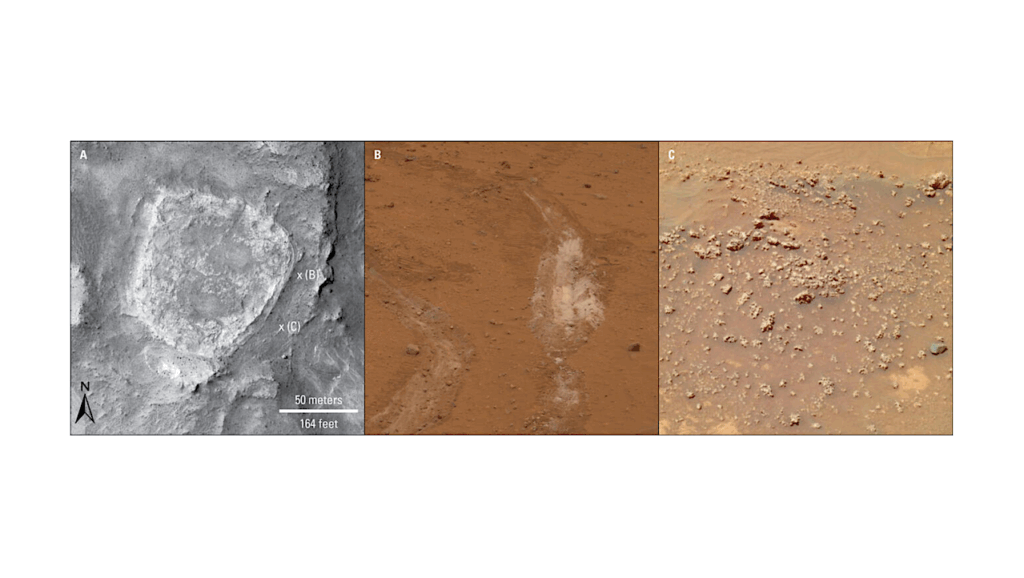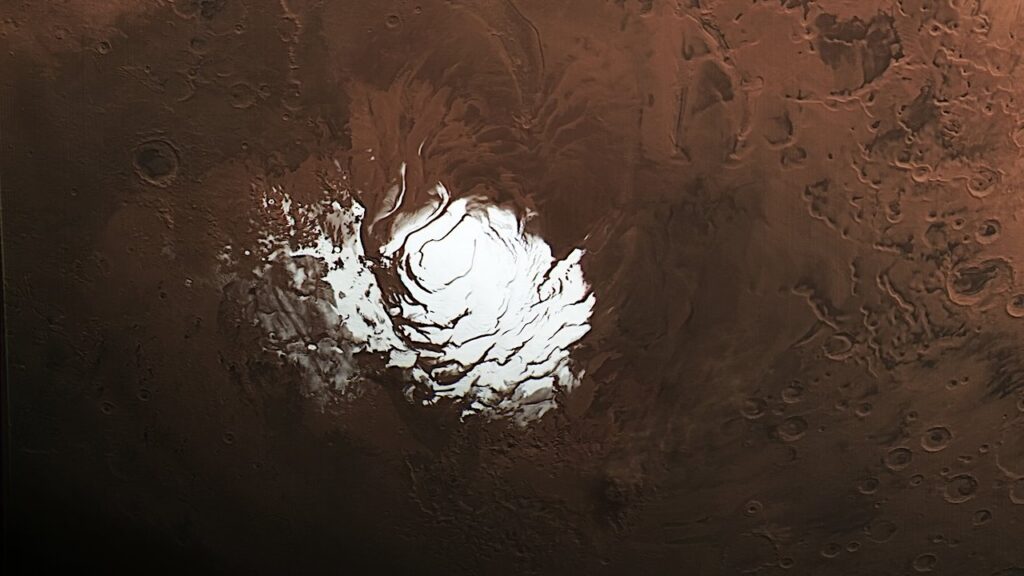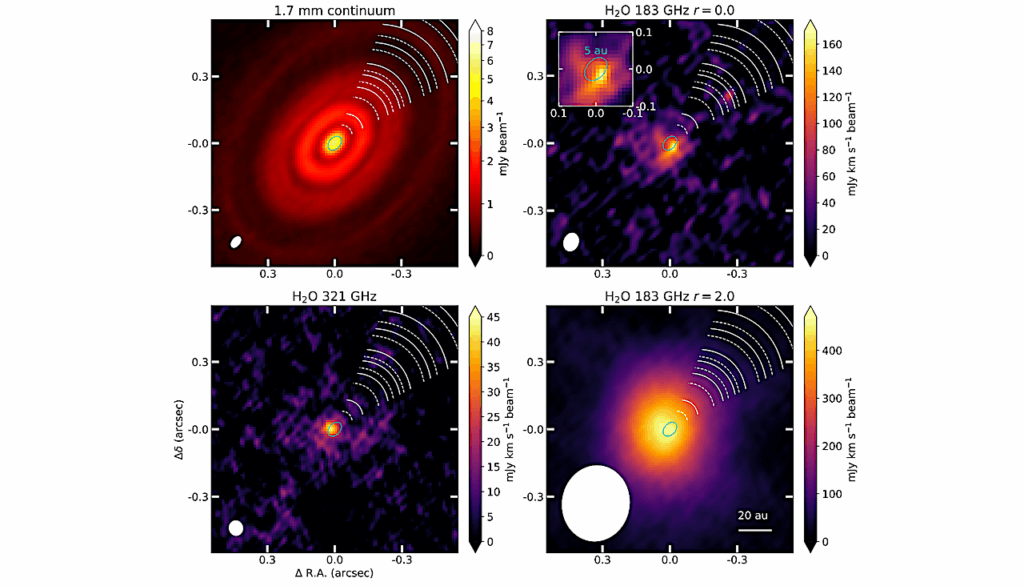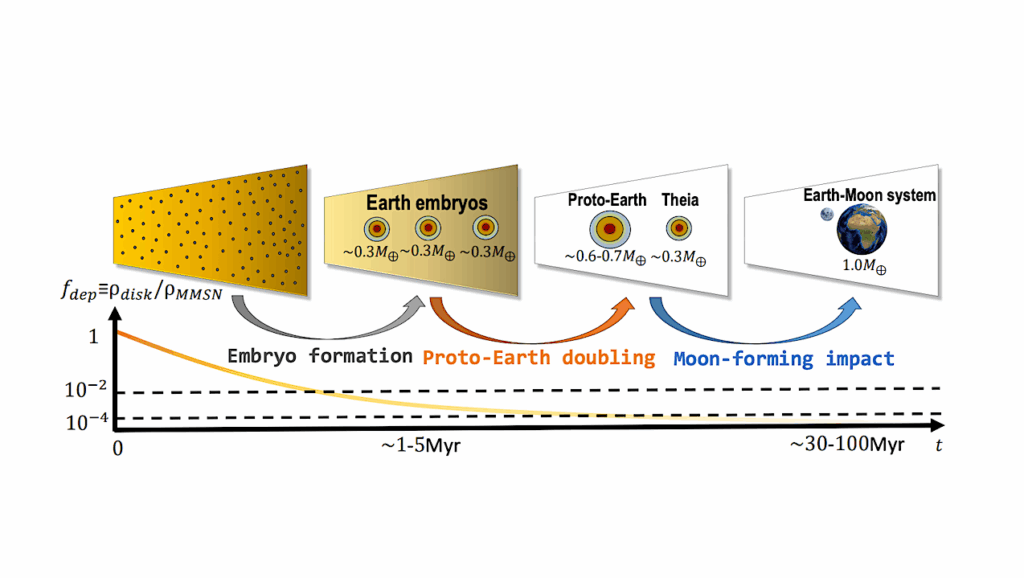Shedding A Light On The Kinetics Of The Carboxysulfitic Scenario
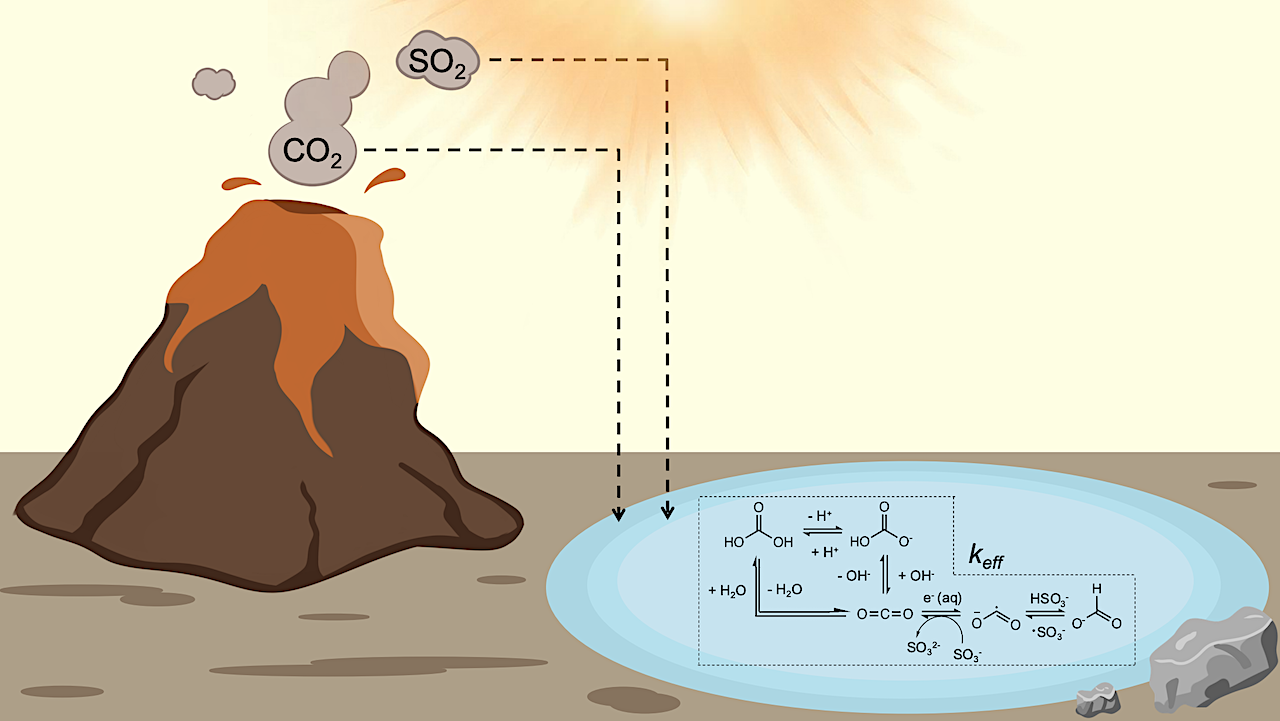
One way in which we can attempt to relate chemical pathways to geochemical environments is by studying the kinetics of a given sequence of reactions and identifying the conditions under which this chemistry is the most productive.
Many prebiotic reactions rely on a source of fixed carbon, therefore chemical pathways that suggest prebiotically plausible ways of fixing carbon are of significant interest. One such pathway is the carboxysulfitic reaction network which uses solvated electrons, produced as a result of electron photodetachment from sulfite, to reduce carbon. In this work we explore carboxysulfitic chemistry at three different pH values: 6, 9, and 12. We utilise a new light source, that matches the broadband spectral shape of the young Sun, to irradiate a mixture of bicarbonate and sulfite.
We determine the rate equation for the production of formate from these compounds and find the order to be 0.71 ± 0.12 with respect to bicarbonate and -0.60 ± 0.10 with respect to sulfite. Following this, we determine rate constants for the production of formate considering two different mechanisms. We find this chemistry to be feasible at all three of the pH values tested, with the magnitude of the rate constants being highly dependent on the assumed mechanism.
We suggest that these results may have implications for Mars Sample Return owing to Jezero Crater having had lakes similar to those in which we propose carboxysulfitic chemistry to have been the most productive. Due to Mars’ relatively unaltered surface, we propose that Mars Sample Return missions could look for preserved tracers of this chemistry, shedding light on Mars’ past conditions and its potential for having hosted life.
S. B. White, P. B. Rimmer, Z. Liu
Comments: 37 pages (+ 59 pages of SI), 5 figures (+ 42 figures in the SI). This is the Accepted Manuscript version of a work that was subsequently published in ACS Earth and Space Chemistry, published by the American Chemical Society after peer review and technical editing by the publisher. The final edited and published version can be accessed at DOI: https://doi.org/10.1021/acsearthspacechem.4c00083
Subjects: Earth and Planetary Astrophysics (astro-ph.EP); Chemical Physics (physics.chem-ph); Geophysics (physics.geo-ph)
Cite as: arXiv:2410.23151 [astro-ph.EP] (or arXiv:2410.23151v1 [astro-ph.EP] for this version)
https://doi.org/10.48550/arXiv.2410.23151
Focus to learn more
Submission history
From: Skyla White
[v1] Wed, 30 Oct 2024 16:06:16 UTC (4,707 KB)
https://arxiv.org/abs/2410.23151
Astrobiology


